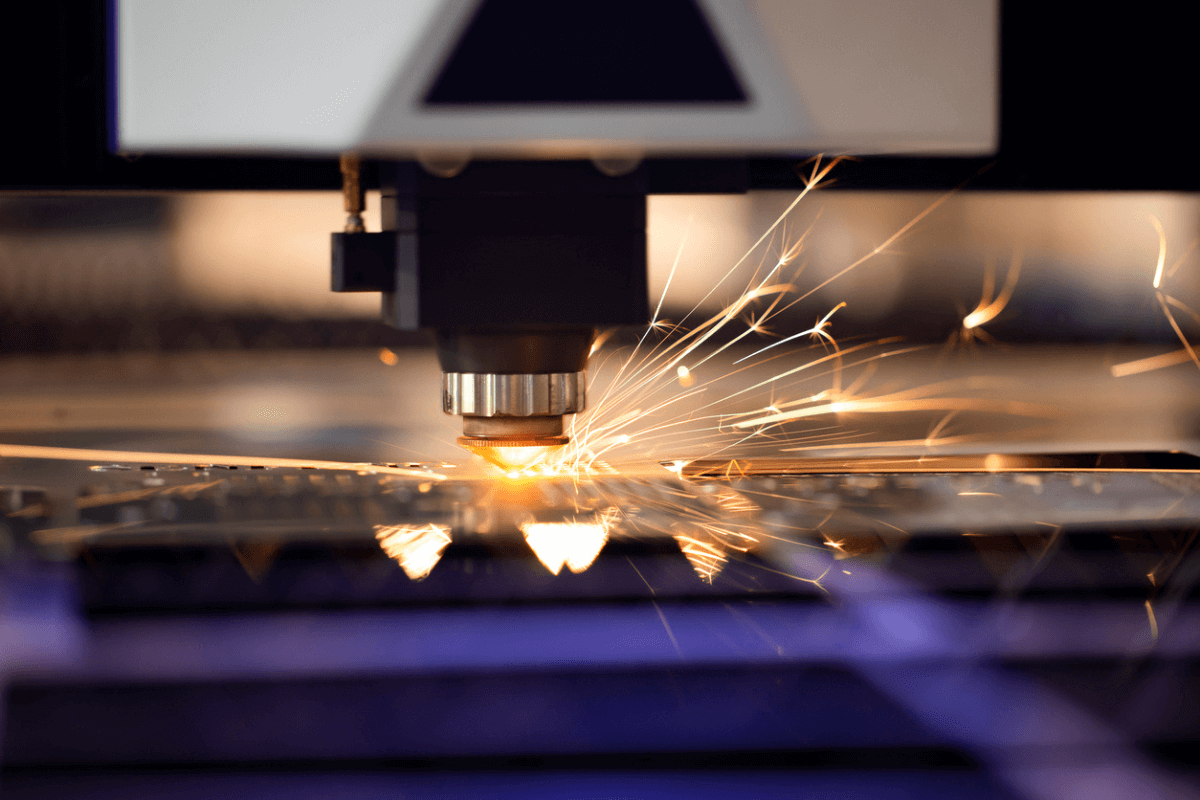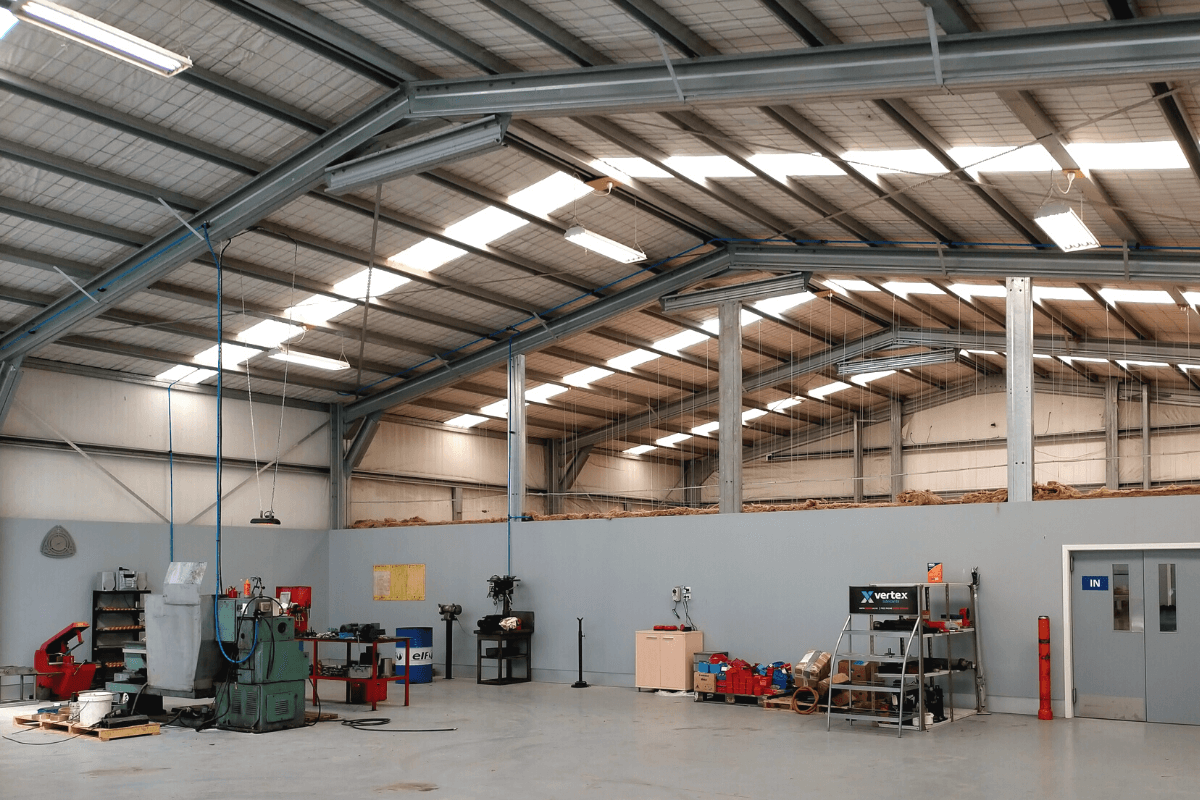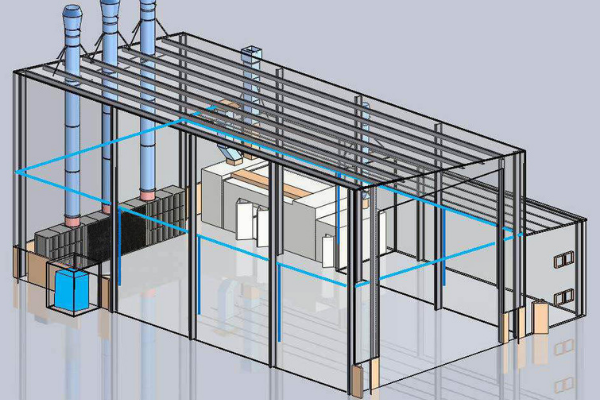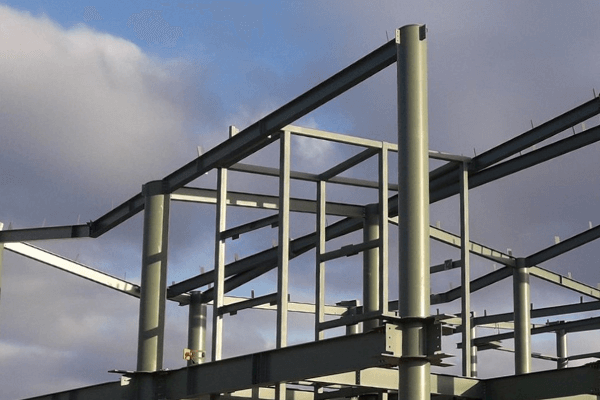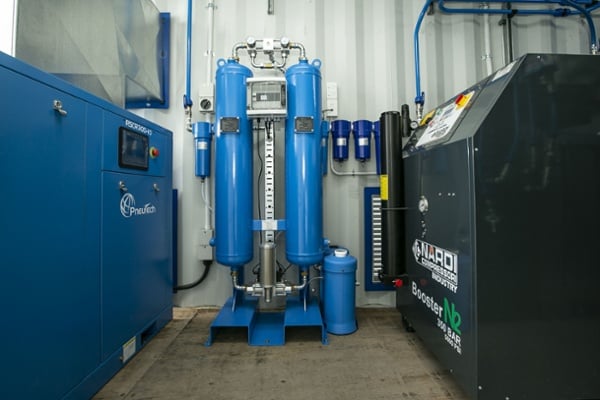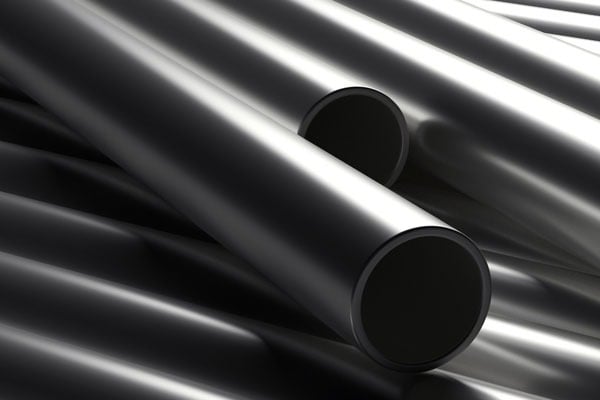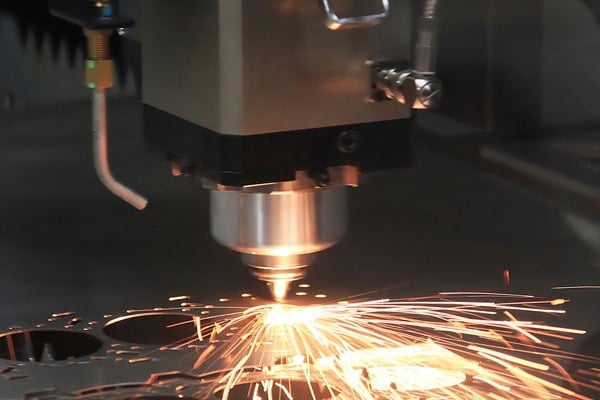Whether you are already using compressed air or are setting up a compressed air system, you need to think about air control. Most compressed air users need a way to manage their compressor and ensure it runs efficiently. The question is – what’s the best control system?
In this article, we explain how each type of compressed air control works and the various advantages they offer. If you’re looking for an effective compressed air solution that also increases the influence you have over energy use and air supply, see our full breakdown below.
Compressed air basics
Before you can determine the best air control system, you need to know the basics of what compressed air is and how it is made. If you’re new to the process, we’ve explained all the essential elements below. If you’re already familiar with compressed air and types of air compressors, skip ahead to the explanation of control systems.
What is compressed air?
When air is compressed, the molecules are forced closer together. This process causes the air to store energy, which can be used for various applications. Unlike alternative methods of storing energy, such as batteries or steam, compressed air is flexible, versatile, and relatively safe.
How does an air compressor work?
An air compressor works by forcing atmospheric air into a smaller space. When the air is pressurised, it is released through a hose into an air receiver storage tank or toward the end-use application. For example, they are often used to inflate tires, operate machinery, and power pneumatic tools.
Types of air compressors
There are various kinds of air compressors, ranging from small air compressor units for domestic use to industrial-grade systems. Common air compressor configurations include the following:
- Integrated compressors
- Fixed-speed compressors
- Variable-speed compressors
- Scroll compressors
- Oil-free compressors
Some of these compressors are easier to control than others, ensuring you can match your air output to your air consumption. This is where air control systems come in.
How to control compressed air
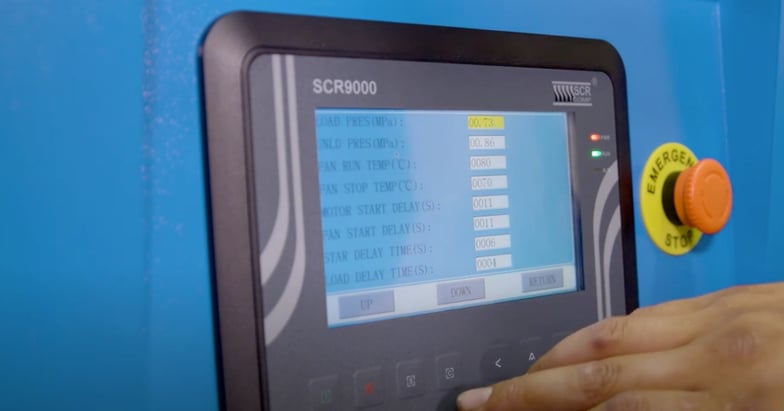
Controlling compressed air is about managing the air supply according to your air usage. Producing too much compressed air is a significant waste of money and resources, while not producing enough leaves tools and machinery out of action.
Fortunately, there are ways to manage your compressed air production and reduce operating costs.
Compressor air system controls
By matching air supply with demand, an effective air control system ensures your system can run as efficiently as possible. Manufacturers have developed several different control strategies, which we have outlined below.
Start/stop control
The simplest control system available, start/stop is when the motor driving the compressor is turned on and off in response to the discharge pressure. In most cases, a pressure switch signals when the motor should start or stop. This can be applied to reciprocating compressors or rotary screw compressors and is best suited to low-duty cycles in the 25hp and under range.
Start/stop controls should not be used for frequent cycling applications because the repeated starts will cause the motor to overheat. Additionally, the compressor will require more frequent maintenance.
Load/unload control
This system is known as constant speed control because it allows the motor to run continuously, unloading the compressor when the discharge pressure is sufficient.
However, it is worth noting that an unloaded rotary screw compressor consumes 15 to 35% of full-load horsepower while delivering no output. This can be an inefficient option, especially in applications where air usage is variable.
Modulating control
Known as throttling inlet controls, these systems allow the compressor output to be varied according to air consumption. This is achieved by closing the inlet valve, restricting how much air can enter. Modulating controls can only be used with centrifugal compressors and lubricant-injected rotary screw compressors, not reciprocating or oil-free compressors.
Dual control
For smaller reciprocating compressors, dual control allows you to select either Start/Stop or Load/Unload.
Auto dual control
Applied to lubricated rotary screw compressors, auto dual control provides modulation to a pre-set capacity, then unloads when that is exceeded. Additionally, a timer ensures the compressor will stop after running unloaded for a certain amount of time.
Variable displacement control
Some air compressors have two or more control conditions partially loaded. This means output pressure can be closely controlled without the compressor needing to start, stop, load, or unload. This control system can apply to reciprocating compressors and some lubricant-injected compressors.
Reciprocating compressors are designed with one of the following control systems:
- Two-step control – Start/Stop or Load/Unload
- Three-step control – 0%, 50%, or 100%
- Five-step control – 0%, 25%, 50%, 75%, or 100%
These control systems usually exhibit a relatively direct relationship between the motor power consumption and the loaded capacity.
Lubricated rotary screw compressors can also be designed with variable compression volumes. By using sliding or turn valves, they can provide more accurate pressure control with improved part-load efficiency.
Variable-speed drives
One of the most efficient control solutions for rotary compressors, variable-speed drives use integrated variable frequency AC drives or switched DC drives. For additional energy savings, compressor discharge pressure can be held to within 1 psi over a wide range of capacity.
While rotary screw compressors with fixed-speed drives can only be stopped and started a certain number of times, a variable-speed drive allows the motor speed to match the current air demand.
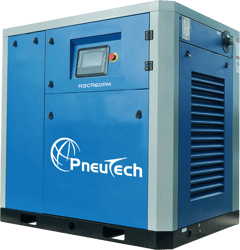
A PneuTech rotary screw compressor with variable-speed drive.
Multiple air compressor controls
If your air compressor setup is complex, has variable air demand, or is used for more than one end-use, you may need to incorporate more than one control system. Your options include network controls and system master controls.
Network controls
By linking the on-board compressor controls microprocessors, network controls form a chain of communication. The chain makes decisions to stop, start, load, unload, modulate, vary displacement, and vary speed. In most cases, one compressor assumes the lead role, while the others act as subordinates.
System master controls
For more complex systems, a system master control solution coordinates functions to optimise air usage and keep your system operating in harmony. These controls have more functional capabilities, including monitoring and controlling every element in the system. You can also track data to enhance maintenance functions and minimise operational costs.
By interfacing with all brands and types of air compressors, system master controls can coordinate the operation of compressor rooms that are spread around a facility or in other buildings.
How to choose a compressed air control system
It is rare for an air system to operate at full load 100% of the time so adaptable controls are critical. If you can automate your compressor to match your end-use air consumption, you can significantly reduce energy use and maintenance costs.
The type of control you need depends on your air demand and the type of compressor you use. For a system with one compressor and a steady demand, one control system may be sufficient. However, for a more complex system with multiple compressors, varying demands, and different end-uses, you may need a comprehensive control system to match.
If you are unsure about your air control needs, our expert team is here to help. Contact us for advice and recommendations tailored to your plant and equipment.



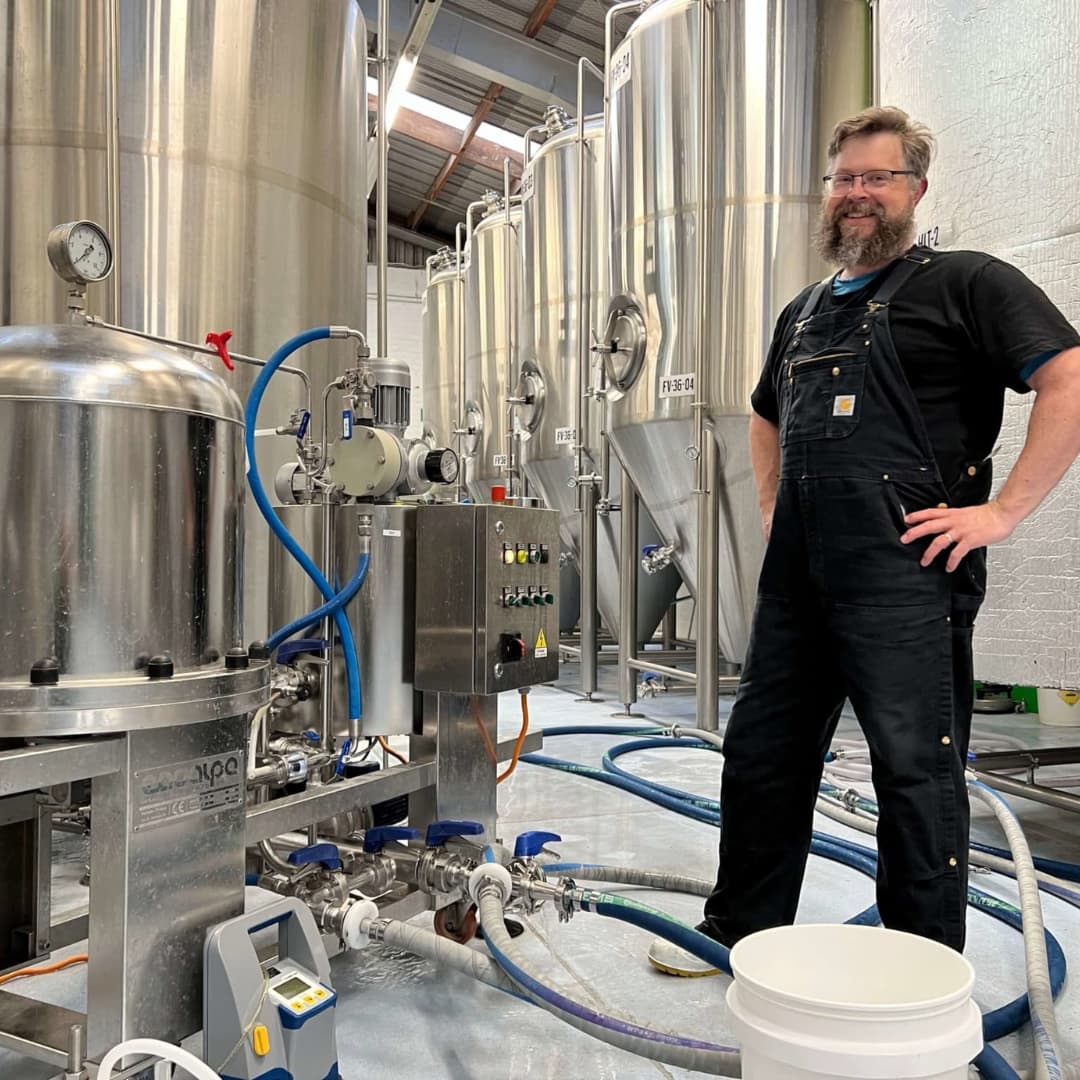
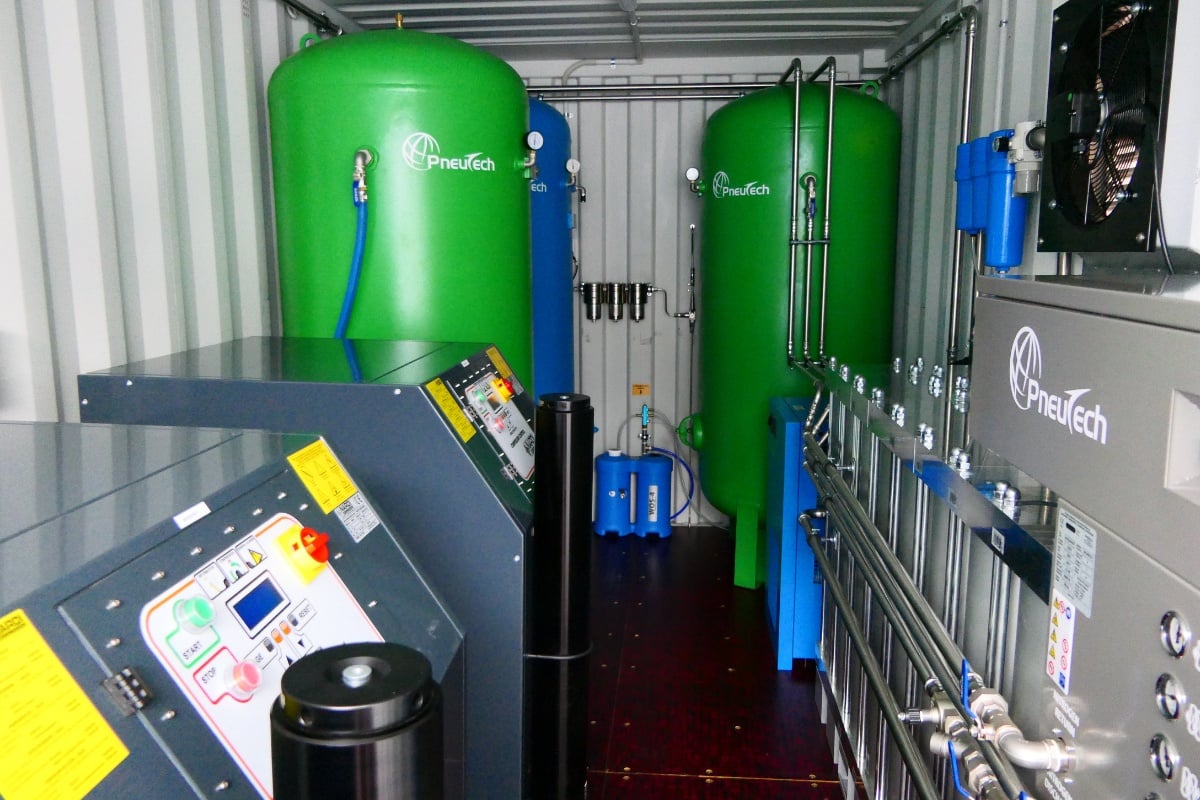
.jpg)


